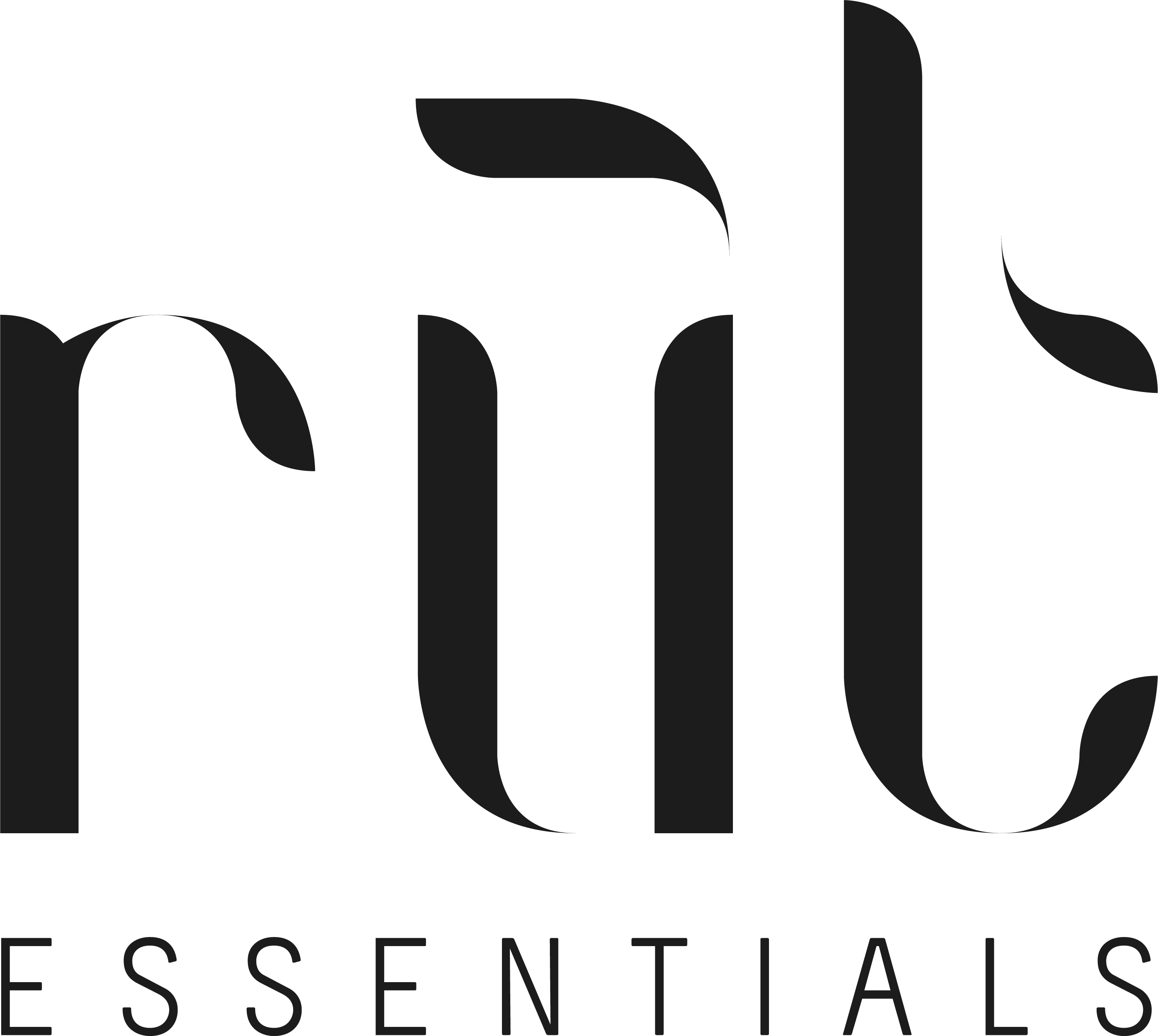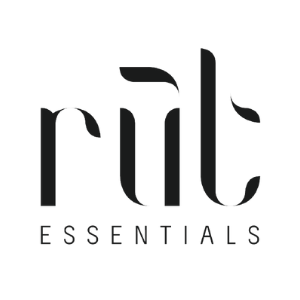Essential oils are one of nature’s great gifts. As the use of natural remedies grows, aromatherapy and essential oils can play a vital part – here’s a primer on pure essential oils, their history and production, and highlights of their therapeutic uses.
As the interest in aromatherapy grows for those interested in alternative health, wellness, and fitness, many folks ask “what are essential oils” and “how do they differ from other oils like olive oil, coconut and the like”? This brief primer should help clarify the matter, and get you started in the wonderful world of aromatherapy. Essential oils are concentrated volatile aromatic compounds produced by plants – these are the easily evaporated essences that give plants their wonderful scents, more similar to an alcohol than what we commonly think of as an oil.
Each of these complex precious liquids is extracted from a particular plant species. Each plant species originates in certain regions of the world, with particular environmental conditions and neighboring fauna and flora. The result is a very diverse library of aromatic compounds, with some essential oils being made up of more than one hundred distinct organic chemicals. Pure essential oils are distilled from oil sacs found in most structures of plants – the leaves, roots, flowers and more. Almost all essential oils are made up of several, sometimes hundreds of various molecular compounds. The combination and ratios of these compounds give each oil it’s particular aromatic and therapeutic properties.
Essential oils are not just a by-product of plant growth; plants use these oils in a manner similar to those prescribed in aromatherapy: to fight infections from microbes, fungi and viruses; to protect themselves from animal invaders; and some suspect they may be used for chemical communication between plants of the same species. While essential oils come from the plant world, they are particularly suited to use in natural health, wellness and fitness programs as their chemistry is remarkably compatible with our own; they are easily absorbed into our bodies, even at the cellular level.
The list of the proven efficacy of essential oils continues to grow. There are many good texts available to educate yourself, and a growing number of professional practitioners in the field. If you’d like to incorporate essential oils in your own health and wellness program, a little research surrounding your own needs will lead you in the right direction.
Be safe, understand what you’re doing, and you’ll likely find aromatherapy can support your own personal needs in a fun and pleasantly aromatic way!

